
The Algarve is famous for its sun and sand, yet the interior is largely unknown to tourists and offers unspoilt villages, hearty food and great walking trails.
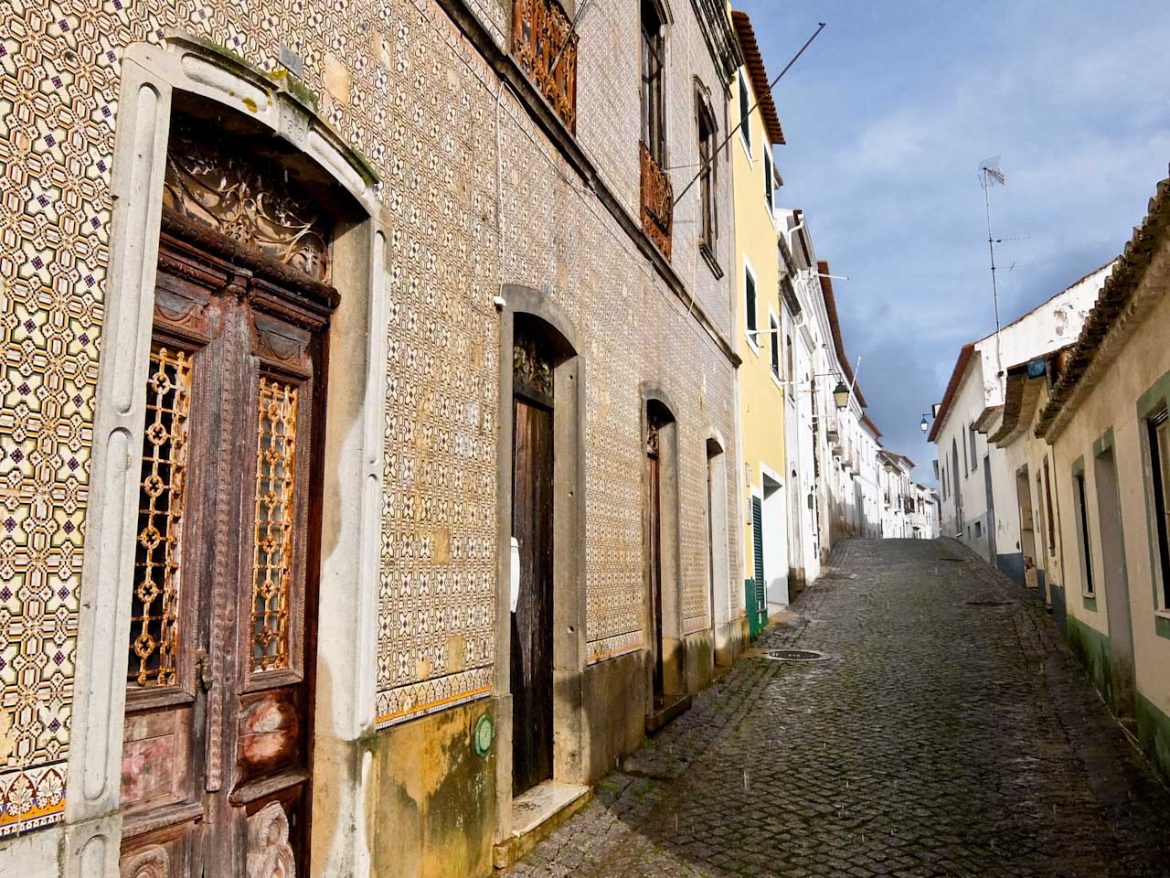
The Algarve is not somewhere you’d normally think of as hiking destination – visitors usually stay close to the coast next to its extensive sandy beaches. But inland, the land begins to rise, cork forests replacing golf courses and the climate becomes cooler and moister. This makes for perfect walking country and there’s even a long distance trail, the Via Algarviana or GR13.
It runs from East to West, for about 300km, starting at Alcoutim on the border with Spain and ending up at the Atlantic. To do the whole lot takes around 14 days and there are many side trails to explore. Monchique, at the end of the 10th stage, has just added five new walks, two connected to the Via Algarviana and three shorter routes. I’m going to sample one of these and then walk the next GR13 Stage
Another Portuguese long-distance route is the Rota Vincentina, with one path, the Fishermen’s Trail, hugging the coast. It starts in Alentejo, to the North, then enters the Algarve and goes down past Cabo de S.Vicente and finishes in Lagos. Unlike the Via Algarviana, this has rugged cliffs, secluded bays and ruined fortresses, with the foaming Atlantic a constant companion. When I walked this last time, the most spectacular section was shrouded in cloud, so it’s time to revisit.
PR7 MCQ – Percurso das Hortas (Vegetable Garden Path) 8.2 km, 3 hours
I arrive in Monchique from a sunny coast to rain showers. The town has a delightful old quarter, narrow streets and pastel-painted houses. The path leads downhill out of the town and crosses vegetable gardens – in December there’s only cabbage. Still, the orange trees are full of fruit and later I pick tree strawberries, the ones they use to make the local “medronho” fire water.
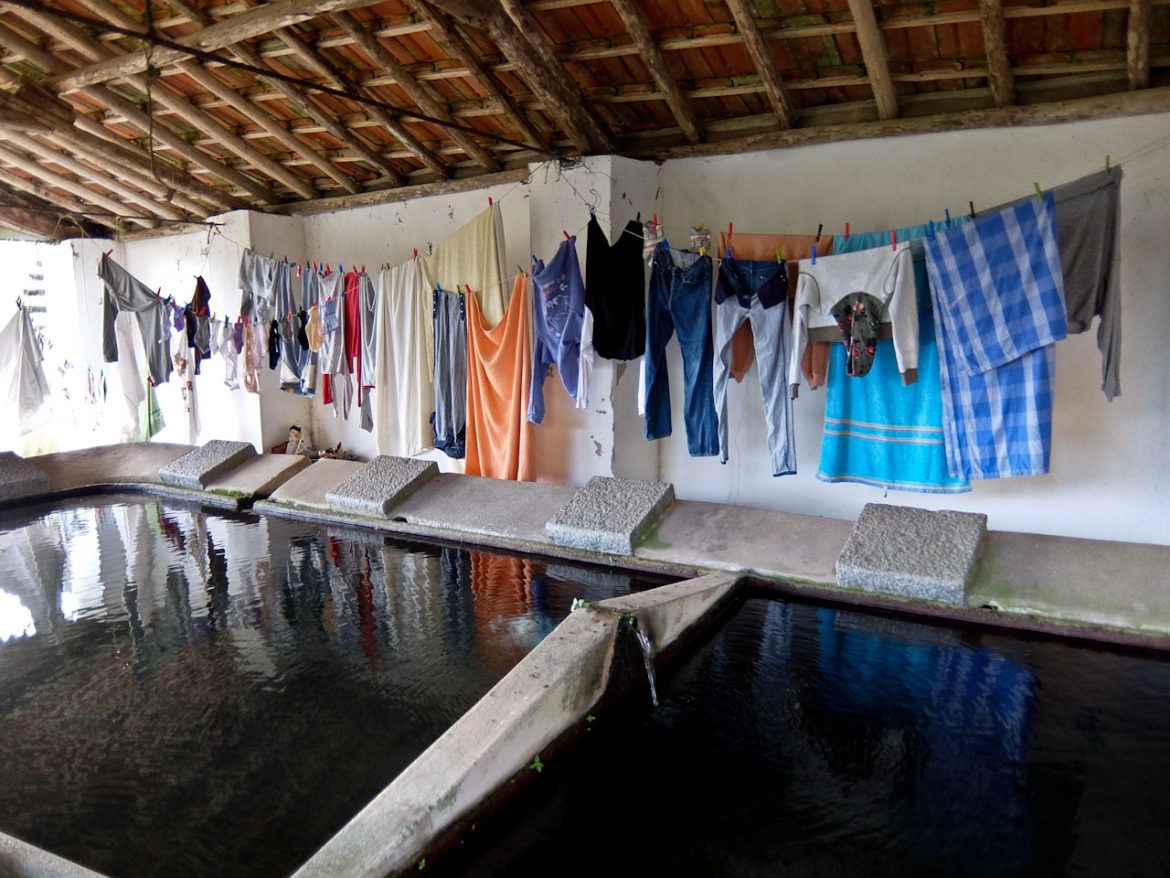
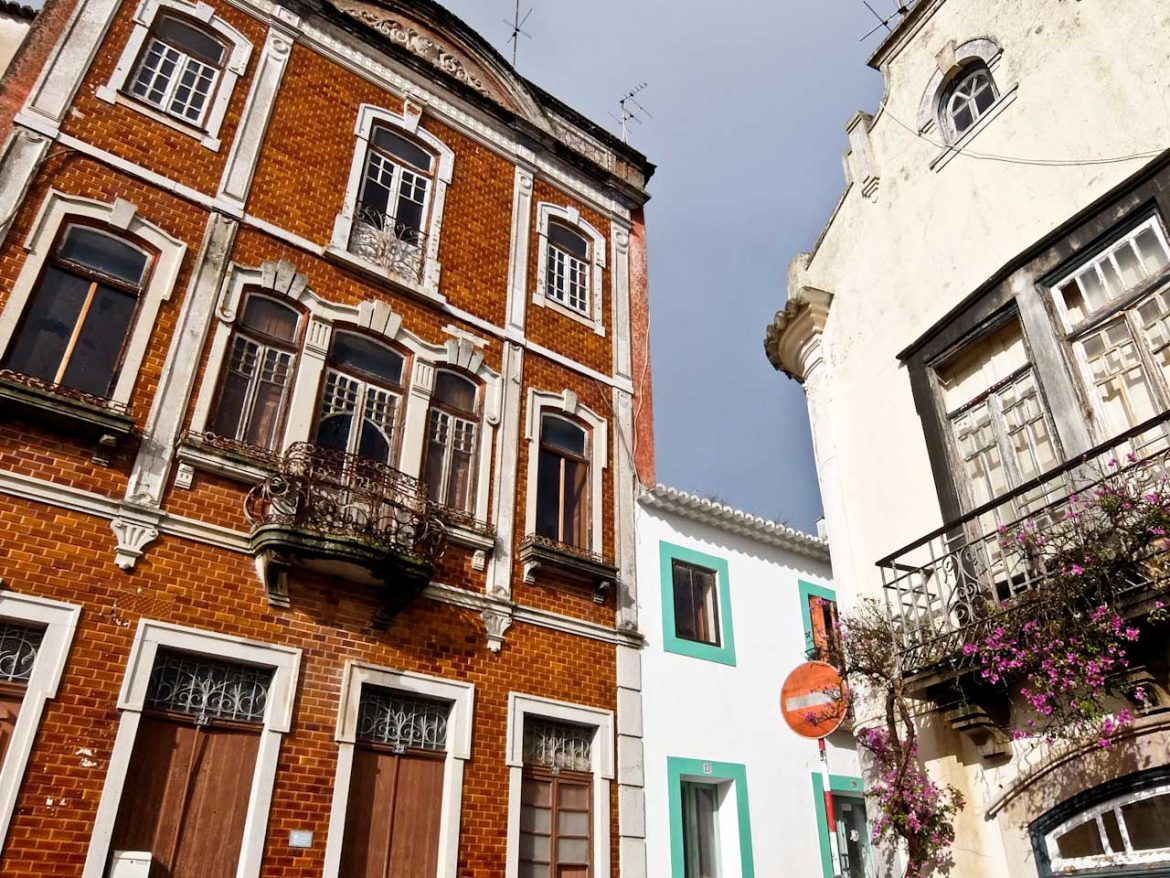
Above the fields are forests of old oak trees, their bark stripped for cork, one of the main industries here. When the cloud clears there are tantalising views down the valley to the coast and above, at 750m, the Picota hill dominates the town. I’m taking a circular route and back on the outskirts there’s an outdoor communal laundry, still in use today. My clothes have also had a soaking and I’m glad for some shelter.
Via Algarviana Section 11: Monchique to Marmelete, 14.70km, 4 hours
The sun is out as I start the climb through the narrow streets of the old town towards the Nossa Senhora do Desterro Convent. This has long been abandoned but is now being refurbished by the local council. The path crosses a copious oak forest before taking a paved road to the summit of Mt Fóia, the highest point of the Algarve at 902m. Judging by the cafes and gift shops here, this is a coach tripper’s delight but today it’s completely quiet.
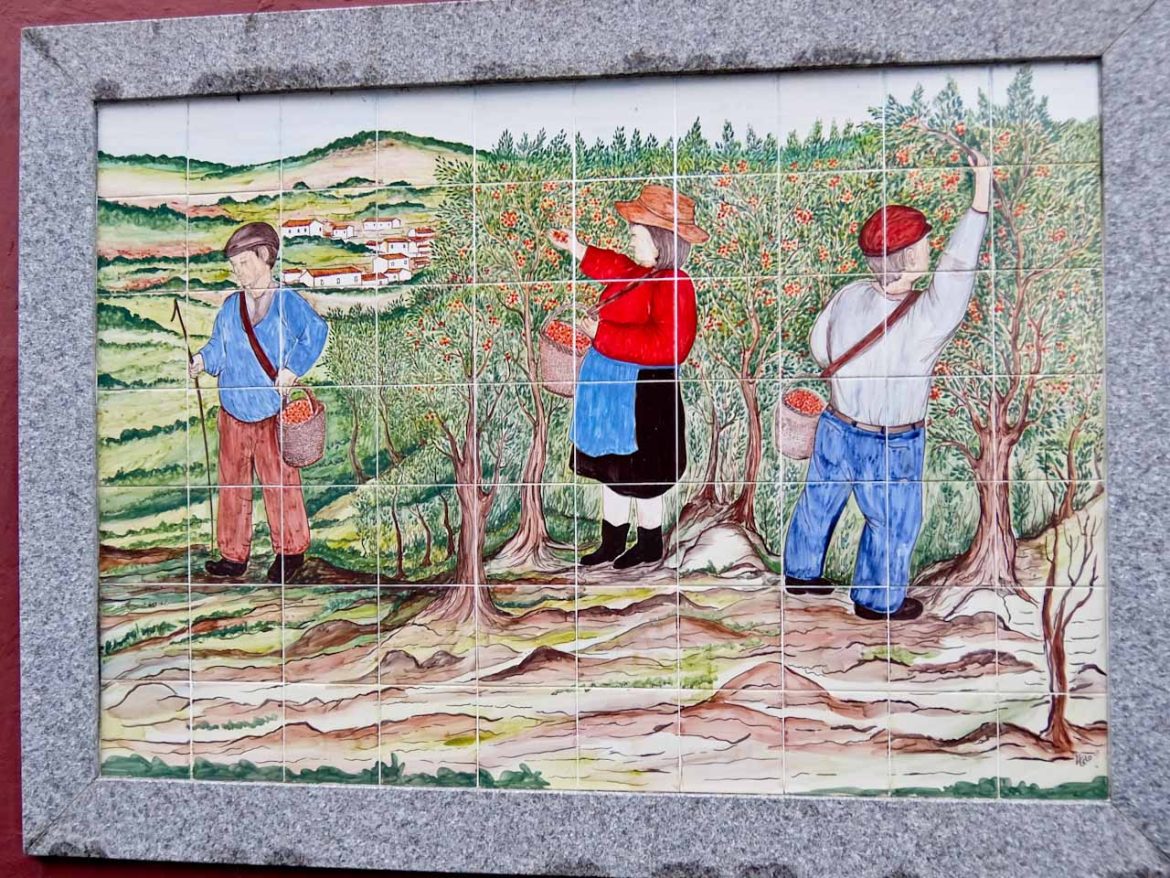
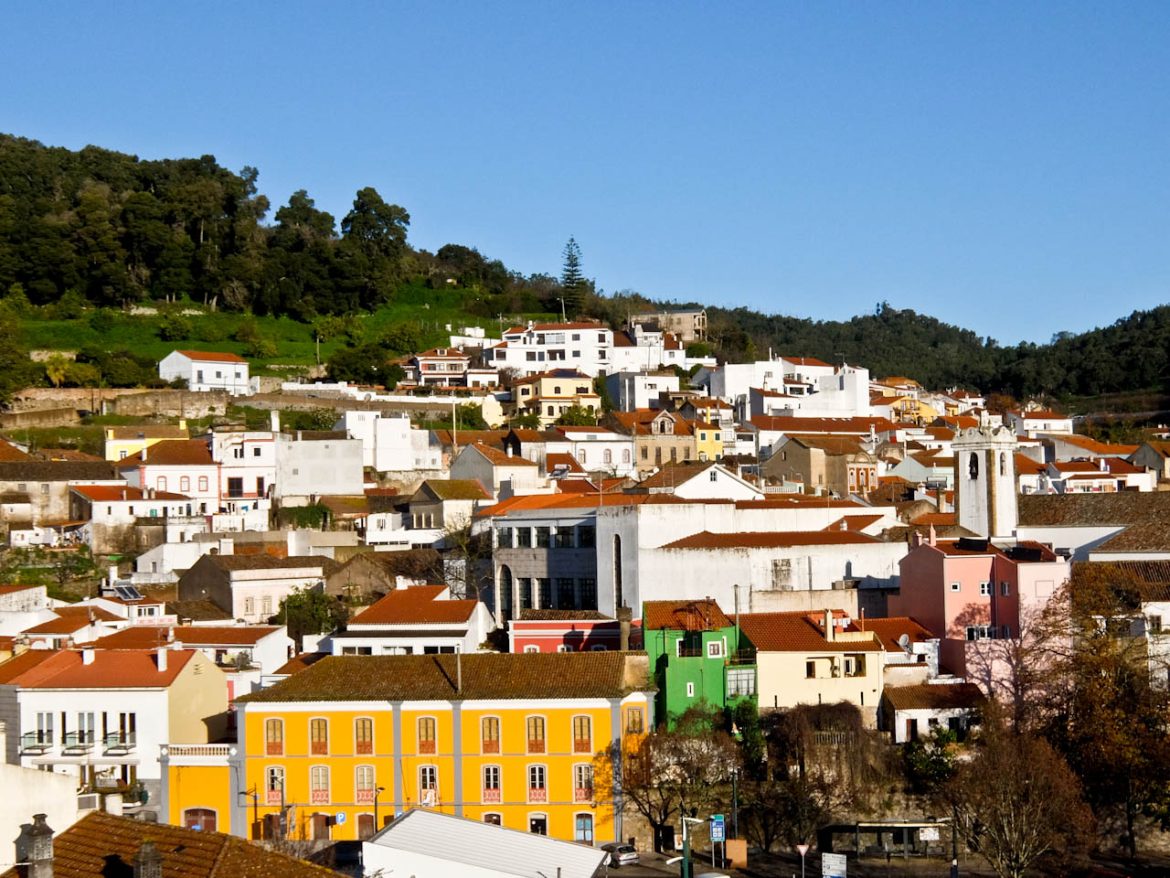
From here it’s downhill through a valley lined with abandoned terraces and ruined farmhouses. This was once a thriving agricultural area but these days life is easier working for tourism. The route leads past the small mountain villages of Vale da Moita, Barbelote and Porta da Horta before arriving at Madrinha, a location for wind turbines. Abundant oak forests lead to the village of Marmelete, where there’s a museum dedicated to the production of “medronho”. I get to sample the raw spirit and a milder version mixed with honey.
Rota Vicentina Amoreira to Arrifana, 13km, 4 hours
I start at the headland overlooking Praia do Amoreira, surfers already out in the bay. The sun is shining, unlike the last time when I battled through a fierce Atlantic storm. Tall cliffs overlook the sea before I drop down to the long beach at Monte Clérigo, with a cluster of fishermen’s houses. It’s an attractive spot, not unlike the far west of Cornwall.
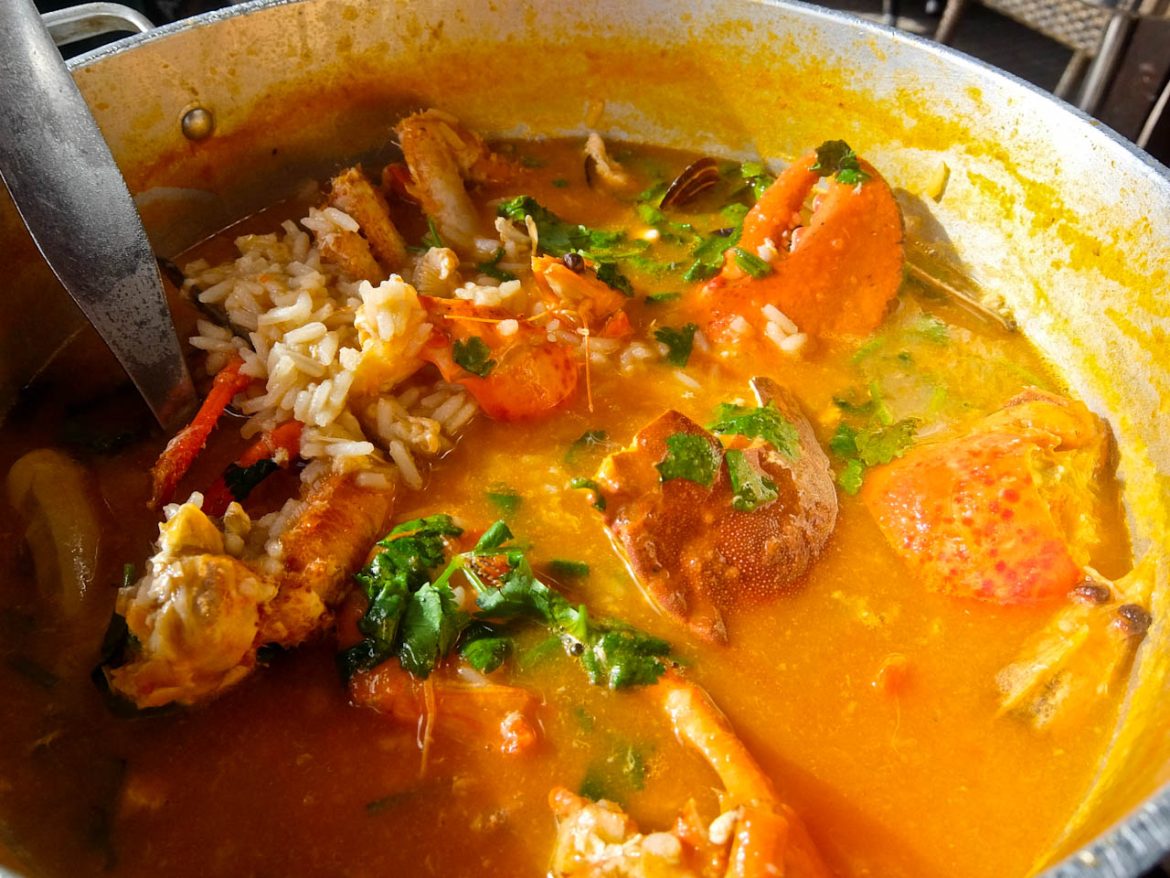
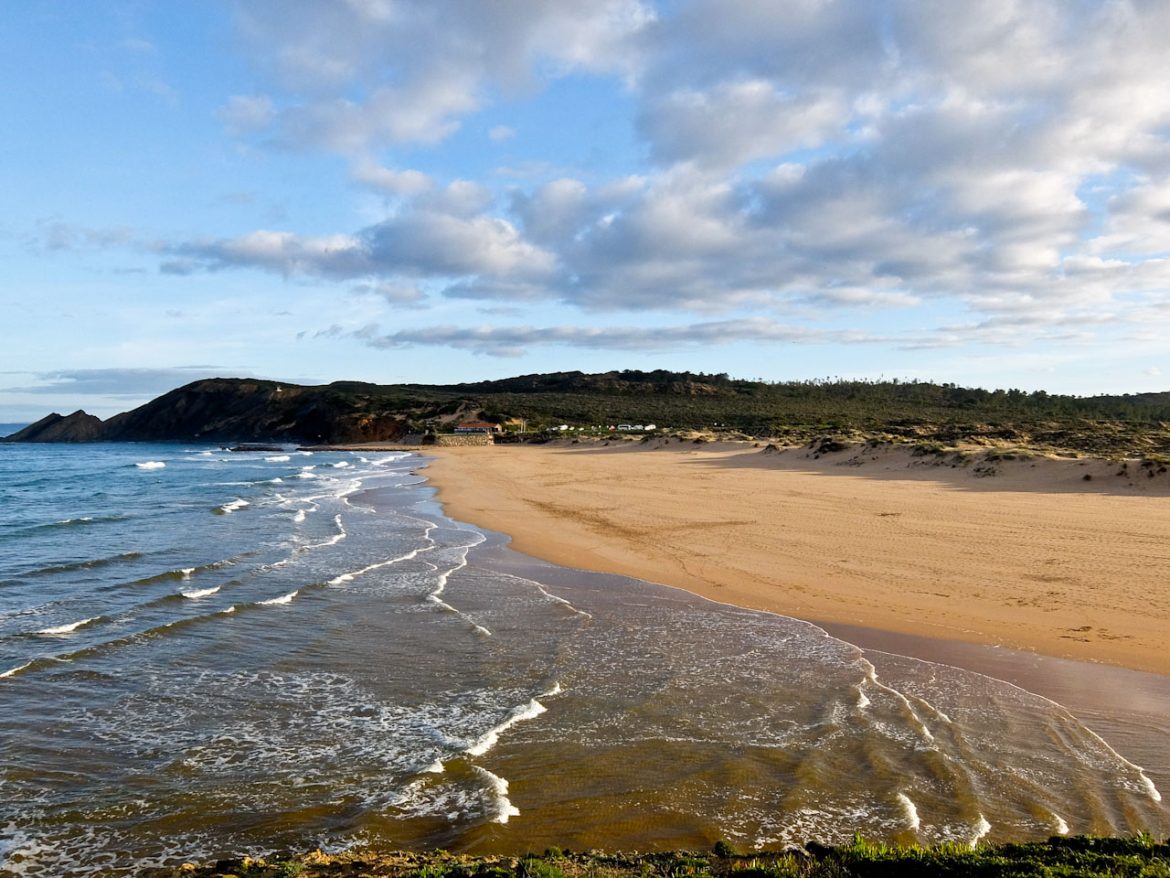
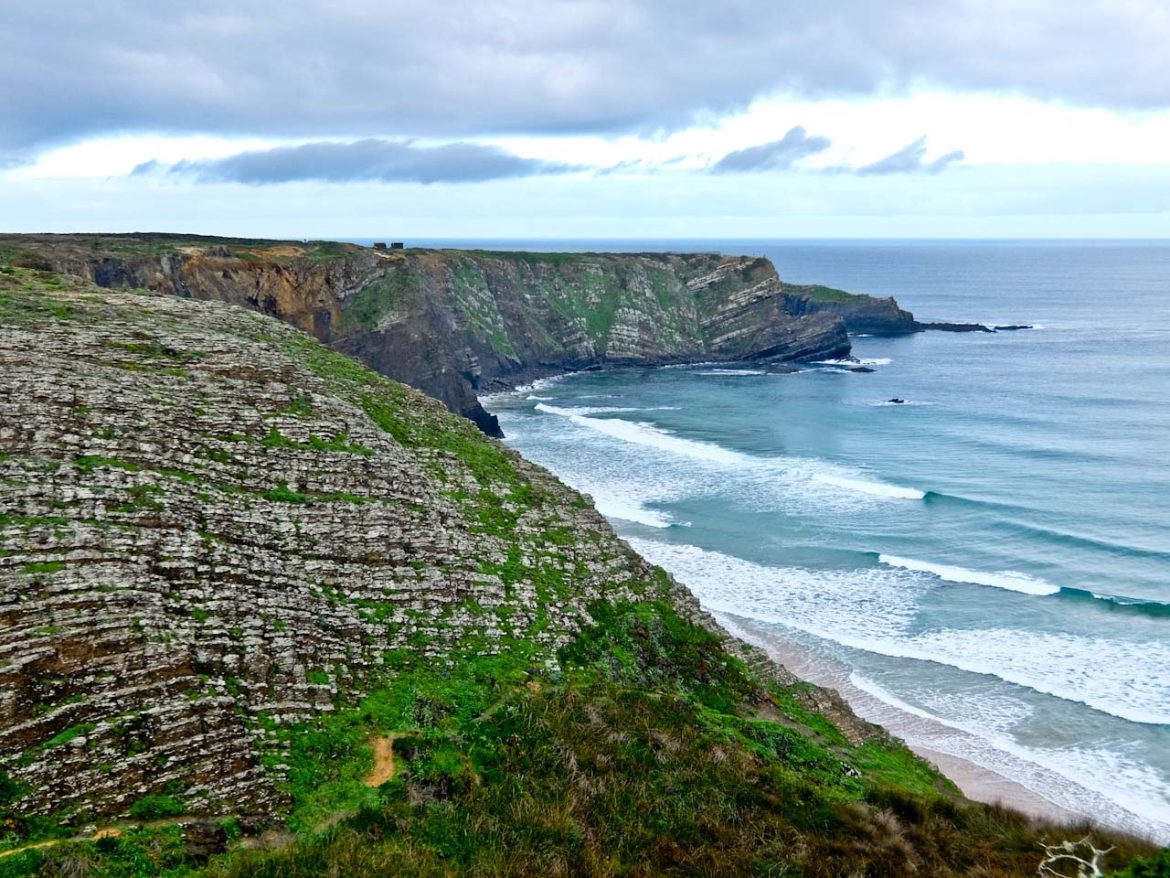
The path climbs back on the cliffs to the ruins of the Arrifana Ribat, an Islamic fortress built by warrior monks in the 12th century. It’s a wild spot, perfect for spiritual contemplation whilst watching the coast. After this, the main trail diverts inland, but I follow a more difficult path by the coast, tricky in bad weather. Overlooking Arrifana beach is another fort, my final destination. It was built in 1635 by the Portuguese but an earthquake in 1722 sent half of it into the sea. Next to it is a delightful seafood restaurant, O Paulo.